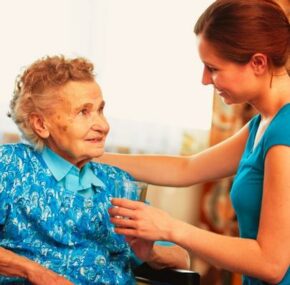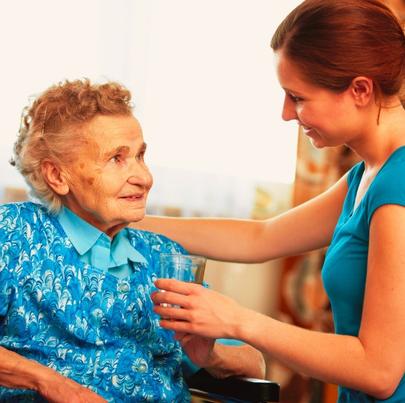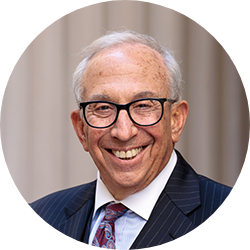Many American seniors assert that they want to stay in their homes as they age, but aging in place may not be an option for millions of elderly adults due to a shortage of home health care services and funding.

Is the Long-Term Healthcare System Broken?
In America, the long-term healthcare system is facing many challenges. Elderly adults over age 65 are suffering because of inadequate care in nursing homes, long-term care facilities, and home care services. Although 90% of seniors prefer to remain in their homes as they age, 820,000 Americans have been stuck on state Medicaid waiting lists for home- and community-based services for about 10 months.
In comparison to other developed countries, the United States ranks close to the bottom for the number of elderly adults who receive long-term home care services. In many countries, aging in place is a common practice for families who expect to care for their loved ones in the comfort of their home environment. The healthcare system in the U.S. has created barriers for aging in place, lacking the services and funding necessary for home-based care. Meanwhile, nursing homes and long-term care facilities are staffed by underpaid and overwhelmed workers. They are facing for-profit takeovers by large corporations. As a result, nursing home neglect lawyers are witnessing a rise in improper care leading to a variety of health problems for elderly nursing home residents.
For decades, America has struggled to reach a balance between elderly adults aging in long-term care facilities and aging at home. “Aging in place” is defined as “remaining in the community, with some level of independence, rather than in a residential care facility. According to many health experts, “aging in place” tends to improve quality of life, which improves physical and emotional health. It also protects elderly adults from increased risks of viral and bacterial illnesses and infections found in many senior living facilities. During the COVID-19 pandemic, over 90,000 nursing home and long-term care residents in U.S. nursing homes died from the virus. Many deaths seen by nursing home neglect lawyers were attributed to a lack of proper care during the pandemic.
Who Pays for Home-Based Care?
Most Americans over 65 years of age are eligible for home-based care services through the federal Medicare program. Individuals must be home-bound, under a licensed physician’s care, and require medically necessary nursing or therapy services. However, within the U.S. healthcare system, Medicaid is the primary resource for long-term healthcare and support services (LTSS). For many elderly adults, these services are not available or not affordable through Medicare or private insurance.
Under state laws, Medicaid programs are required to cover LTSS in nursing homes, but home-based and community-based services (HCBS) are optional. Under Federal guidelines, States are permitted to develop community-based and home-based services waivers (HCBS Waivers) to meet the needs of adults who prefer to receive long-term care and support services in their home, instead of an institutional setting. HCBS waivers enable states to tailor home-based care services to meet the needs of particular target groups. HCBS waivers also enable states to provide Medicaid to individuals who would otherwise only be eligible in a nursing home or long-term care facility, often due to available resources or the income of a spouse.
Generally, states use the same eligibility and income requirements for HCBS waivers and institutional care to create equality for HCBS care and nursing home care. Most statesset income limits for HCBS waivers at the federal maximum limit, and some HCBS waivers do not include limited assets for approvals. All states offer at least one HCBS waiver with home-based services and equipment or technology modifications. Waivers that target seniors with physical disabilities are the most likely to offer options for home-based services, while waivers serving people with mental illness are usually not available.
Under an HCBS Waiver program, states can offer a variety of unlimited standard medical services and non-medical services. Although benefits can vary from state to state, standard services usually include:
- Case management services
- In-home support for personal care
- Adult day health services
- Home health aide services
- Homemaker services
- Respite Care
In Illinois, Medicaid programs pay for nursing home care, assisted living care, and home healthcare services. An individual must qualify medically and financially for Medicaid. Generally, home care is approved through Medicaid when an individual prefers to age in place but needs care that cannot easily or effectively be provided solely by family and friends.
Depending on age, financial status, and medical diagnosis, Medicare or Medicaid may pay for home-based care. Individuals under age 60 with severe disabilities may qualify for the Illinois Department of Human Services’ Home Services Program. Individuals age 60 and older may qualify for the Illinois Department on Aging’s Community Care Program or other programs.







